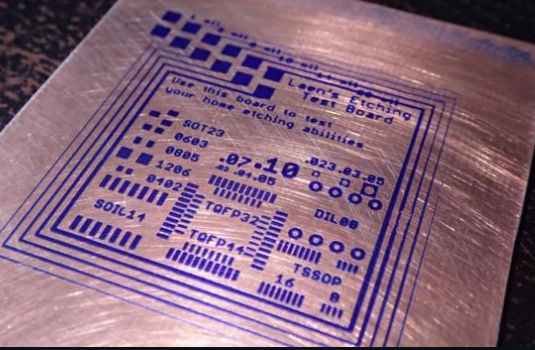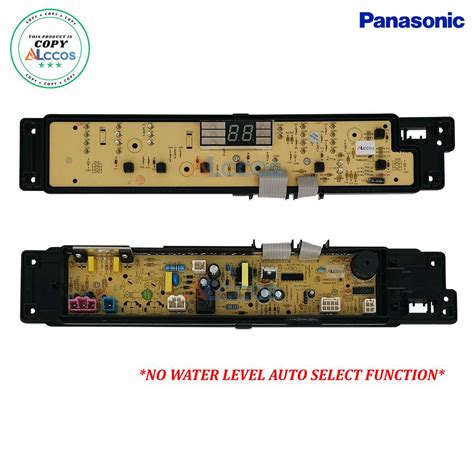Integrated PCB Design-to-Production Platform for Seamless Manufacturing
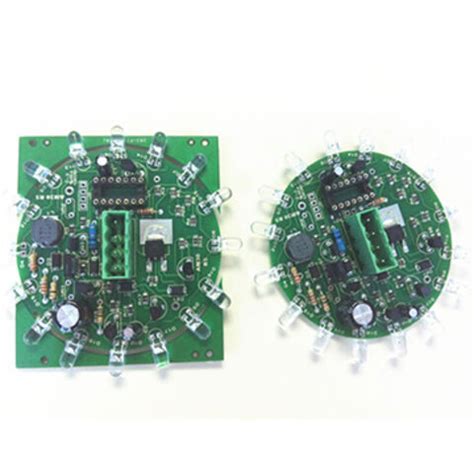
Key Takeaways
When exploring PCB manufacturing solutions, you’ll find that integrated platforms streamline the entire journey from design to production. These systems eliminate fragmented workflows by merging schematic creation, real-time component sourcing, and automated assembly into a unified process. For PCB manufacturing companies, this means faster turnaround times and reduced errors, as design files sync directly with production tools.
A critical advantage lies in managing PCB manufacturing cost. Platforms with live inventory tracking prevent last-minute component substitutions, while instant pricing engines let you compare quotes across vendors. For businesses scaling a PCB manufacturing business, cloud collaboration ensures teams work on synchronized designs, even across time zones.
Tip: Always verify component availability early in the design phase to avoid delays and unexpected cost spikes during production.
Scalability is another key factor. Whether prototyping or handling complex projects, integrated systems adapt to your needs without requiring manual adjustments. By leveraging shared design libraries and pre-vetted manufacturing partners, you maintain consistency across batches. For deeper insights into optimizing workflows, explore this comprehensive guide to PCB production.
Ultimately, these platforms create an end-to-end ecosystem where innovation meets efficiency—ideal for staying competitive in fast-paced electronics markets.

Integrated PCB Design & Production Platforms
Modern PCB manufacturing demands precision at every stage, from schematic design to final assembly. By integrating design tools with production pipelines, platforms eliminate manual handoffs that often lead to errors or delays. Imagine drafting a circuit layout while accessing real-time component sourcing data—this is now possible with systems that sync PCB manufacturing companies’ inventories directly into your design environment. You can instantly validate part availability, compare PCB manufacturing cost across suppliers, and adjust designs to avoid bottlenecks.
These platforms also automate manufacturing prep tasks, such as generating Gerber files or assembly drawings, reducing the risk of human error. For your PCB manufacturing business, this integration means faster prototyping cycles and tighter control over budgets. Cloud-based collaboration features let teams work concurrently on designs, with version control ensuring everyone stays aligned. Advanced tools even simulate thermal or signal integrity issues early, preventing costly rework post-production.
By bridging design and fabrication, these ecosystems empower you to focus on innovation rather than logistics. Whether you’re optimizing PCB manufacturing cost for high-volume runs or tackling complex multilayer boards, unified platforms turn fragmented workflows into cohesive, scalable processes.
Seamless Schematic-to-Manufacturing Workflows
Modern PCB manufacturing platforms eliminate traditional bottlenecks by unifying design and production stages into a single digital thread. When you finalize a schematic, these systems automatically validate it against real-time inventory checks and manufacturing tolerances, ensuring compatibility with PCB manufacturing companies’ capabilities. This integration reduces errors that typically arise during manual handoffs, such as mismatched footprints or obsolete components, directly lowering PCB manufacturing cost through fewer revisions.
As you refine your design, cloud-based tools synchronize component availability and pricing from global suppliers, allowing instant adjustments to avoid delays. Automated design rule checks (DRCs) flag potential issues early, while instant quoting engines translate your board specifications into accurate production estimates. For businesses scaling a PCB manufacturing business, this seamless workflow ensures faster prototyping cycles and consistent quality, even for multilayer or high-density designs.
By connecting schematic capture tools directly to fabrication and assembly services, you bypass fragmented file transfers and redundant approvals. The result? A cohesive process where every design iteration aligns with PCB manufacturing realities—optimizing both time-to-market and material efficiency.
Real-Time Component Sourcing & Inventory Tools
Modern PCB manufacturing workflows demand precision in component selection and availability tracking. With integrated platforms, you gain access to real-time inventory databases that sync with global suppliers, eliminating guesswork about part availability. These tools automatically cross-reference your design files with PCB manufacturing companies’ stock levels, flagging obsolete or hard-to-source components before they disrupt your timeline.
By embedding PCB manufacturing cost calculators directly into the design interface, you instantly see how component choices—like opting for a surface-mount resistor over a through-hole variant—impact your budget. Dynamic pricing updates prevent surprises, as tariffs, bulk discounts, or supplier promotions adjust totals on the fly. For PCB manufacturing business teams, this transparency streamlines client negotiations and reduces margin erosion from hidden fees.
The best systems also forecast inventory depletion risks, suggesting alternates from pre-vetted vendors without manual searches. When a capacitor goes out of stock mid-project, the platform can propose equivalents meeting your design’s electrical specs, ensuring continuity. This agility not only accelerates prototyping but strengthens supply chain resilience—a critical edge in fast-paced electronics markets.
By unifying sourcing data with design and production modules, these tools erase silos between engineering and procurement, turning fragmented workflows into cohesive, error-resistant processes.
Automated PCB Assembly with Instant Pricing
When streamlining your PCB manufacturing workflow, automated assembly with real-time pricing transforms how you manage production timelines and budgets. Modern platforms integrate design files directly with assembly services, eliminating manual quoting processes. You upload your design, and algorithms instantly analyze component placement, material requirements, and layer counts to generate PCB manufacturing cost estimates—all while cross-referencing live supplier inventories to avoid delays.
Leading PCB manufacturing companies now embed these tools to offer transparency. For example:
| Factor | Traditional Approach | Automated Solution |
|---|---|---|
| Pricing Transparency | 2-5 business days for quotes | Instant quotes via AI analysis |
| Component Sourcing | Manual vendor coordination | Real-time inventory integration |
| Error Reduction | Human-dependent review | Automated DRC/DFM checks |
This shift not only accelerates prototyping but also scales efficiently for high-volume runs. By aligning PCB manufacturing business models with automated systems, you avoid overpaying for unused materials or last-minute component substitutions. Cost fluctuations caused by supply chain disruptions become easier to navigate, as platforms dynamically adjust pricing based on current market rates.
The result? Faster decision-making, predictable budgets, and fewer production bottlenecks—key advantages when time-to-market defines your competitive edge.
Cloud-Based Collaborative Design Solutions
Modern PCB manufacturing demands tools that break down geographical barriers while maintaining precision. Cloud-based platforms let you collaborate with engineers, component suppliers, and PCB manufacturing companies in real time, ensuring everyone works from a single, updated design file. Version control eliminates confusion, while integrated libraries of pre-validated parts reduce errors that might escalate PCB manufacturing cost. By enabling instant feedback loops, these systems compress iteration cycles, letting you refine layouts before committing to production.
Transitioning to cloud tools also simplifies supply chain coordination. You can cross-reference component availability and pricing directly within the design interface, aligning BOMs with current market conditions. This visibility helps avoid delays caused by obsolete or overpriced parts—a critical advantage when running a PCB manufacturing business. Moreover, automated design rule checks (DRCs) tailored to your manufacturer’s capabilities ensure seamless handoffs, minimizing rework risks.
For teams scaling complex projects, cloud platforms centralize communication, documentation, and approvals. Whether you’re optimizing for low-volume prototyping or high-volume runs, this approach keeps stakeholders aligned while reducing overhead—key for balancing quality and PCB manufacturing cost across global partnerships.
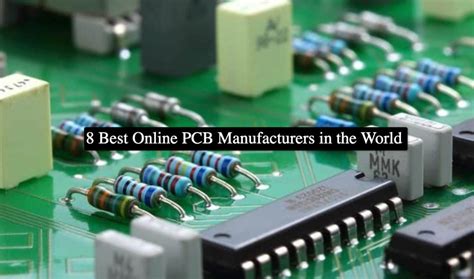
Scalable PCB Prototyping for Complex Projects
When tackling intricate designs like multi-layered boards or high-density interconnects, scalable PCB manufacturing solutions ensure your prototypes evolve seamlessly from concept to reality. Modern platforms enable you to adjust layer counts, material choices, and component placements without disrupting workflows, making them ideal for projects requiring iterative refinement. By integrating real-time inventory data from PCB manufacturing companies, you avoid bottlenecks caused by part shortages or outdated pricing, directly addressing concerns around PCB manufacturing cost predictability.
Advanced systems automate design rule checks (DRCs) and manufacturability feedback, ensuring your high-frequency or mixed-signal layouts meet production tolerances before submission. This minimizes costly re-spins, especially when partnering with PCB manufacturing business providers specializing in low-volume, high-complexity orders. Tools like stackup planners and impedance calculators further streamline prototyping, letting you validate thermal management or signal integrity early in the cycle.
For teams handling concurrent projects, cloud-based collaboration ensures version control across distributed workflows. Whether scaling from 10 to 10,000 units or adapting to last-minute design changes, these platforms maintain alignment between your engineering team and manufacturing partners, reducing turnaround times even for mission-critical applications.
Unified Design Libraries & Manufacturing Services
When managing PCB manufacturing workflows, maintaining consistency between design files and production requirements is critical. Unified design libraries eliminate discrepancies by providing pre-verified components with standardized footprints, ensuring your schematics align perfectly with what PCB manufacturing companies can physically produce. These libraries often integrate real-time inventory data, so you avoid selecting parts that are obsolete or out of stock—a common bottleneck that inflates PCB manufacturing cost and delays timelines.
By synchronizing design tools with PCB manufacturing business processes, you gain instant access to automated design rule checks (DRCs) tailored to your chosen fabricator’s capabilities. This reduces revision cycles and prevents costly errors, such as mismatched layer stacks or undersized traces. Additionally, cloud-based collaboration features let teams globally access the same libraries, ensuring version control and minimizing miscommunication.
For startups and enterprises alike, this integration streamlines scaling. Whether prototyping or moving to mass production, your designs remain compatible with manufacturer specifications, reducing the need for last-minute adjustments. The result? Faster time-to-market and predictable PCB manufacturing cost structures, even as project complexity grows.
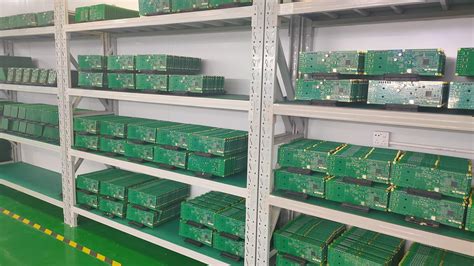
End-to-End PCB Development Ecosystem Optimization
Optimizing an end-to-end PCB manufacturing ecosystem requires aligning design tools, component sourcing, and production workflows into a unified digital thread. By integrating schematic capture with real-time inventory data from PCB manufacturing companies, you eliminate manual cross-referencing, reducing errors that escalate PCB manufacturing cost. Cloud-based collaboration ensures stakeholders access synchronized design files, while automated Design-for-Manufacturing (DFM) checks flag issues early—preventing costly revisions post-prototyping.
Centralized platforms enable dynamic supplier bidding, letting you compare PCB manufacturing business quotes without leaving the design environment. This transparency helps balance quality and budget, especially for high-mix projects. Unified component libraries, pre-validated by manufacturers, further streamline sourcing by filtering parts based on availability and lifecycle status.
Scalability is embedded through modular workflows: whether you’re iterating prototypes or scaling to volume production, the ecosystem adjusts batch sizes and material choices without disrupting timelines. Real-time analytics track PCB manufacturing cost drivers, like panel utilization or lead times, empowering data-driven decisions. For businesses, this end-to-end approach transforms fragmented processes into a cohesive strategy, turning PCB manufacturing from a logistical hurdle into a competitive advantage.
Conclusion
By consolidating PCB manufacturing processes within a unified digital ecosystem, modern platforms eliminate traditional barriers between design and production. When you partner with PCB manufacturing companies through integrated solutions, you gain access to real-time component pricing, automated assembly workflows, and collaborative design tools—all factors that directly reduce PCB manufacturing cost and time-to-market. These systems enable businesses to optimize their PCB manufacturing business models by scaling prototypes to full production without manual data transfers or supplier coordination delays. Cloud-based libraries and instant quoting engines further ensure design intent aligns with manufacturing capabilities, minimizing errors and rework. Whether you’re managing complex multilayer boards or high-volume orders, the synergy between design and fabrication tools creates a resilient framework for innovation. Transitioning to an end-to-end platform not only streamlines operations but also positions your projects to adapt swiftly to evolving industry demands.

Frequently Asked Questions
How do integrated platforms reduce PCB manufacturing costs?
By automating design-to-production workflows, these platforms eliminate manual data transfers and minimize errors. Real-time component pricing from PCB manufacturing companies ensures you avoid last-minute cost surprises, while bulk-order discounts further optimize expenses.
What should you look for in PCB manufacturing companies?
Prioritize partners offering end-to-end services—from design validation to assembly. Check if they provide instant pricing tools, real-time inventory tracking, and DFM (Design for Manufacturing) feedback. This integration prevents delays in your PCB manufacturing business pipeline.
Can small businesses afford advanced PCB manufacturing services?
Yes. Scalable pricing models allow you to order prototypes or low-volume batches without upfront tooling fees. Cloud-based platforms also reduce IT costs, making high-quality PCB manufacturing accessible for startups and SMEs.
How does automation impact PCB manufacturing cost and timelines?
Automated quote generation and panelization cut quotation time from days to minutes. Machine-learning algorithms optimize material usage, reducing waste and lowering PCB manufacturing costs by up to 15-30% for complex designs.
Ready to Streamline Your PCB Production?
Explore professional PCB manufacturing solutions tailored for your projects. Click here to request an instant quote and start your seamless design-to-production journey today.


